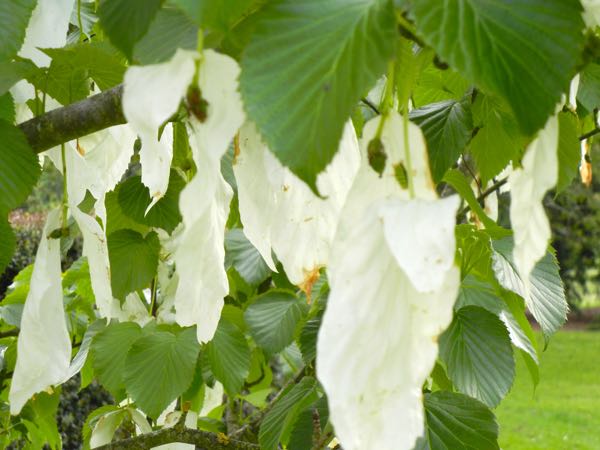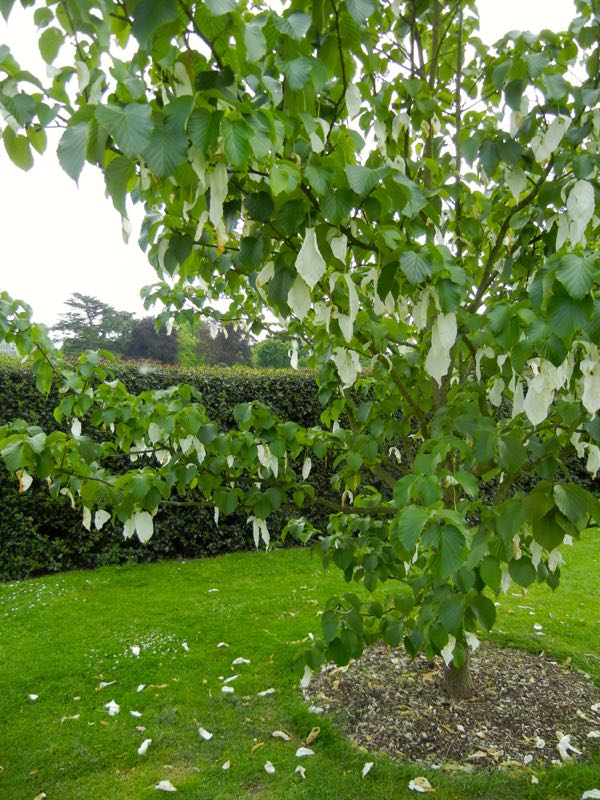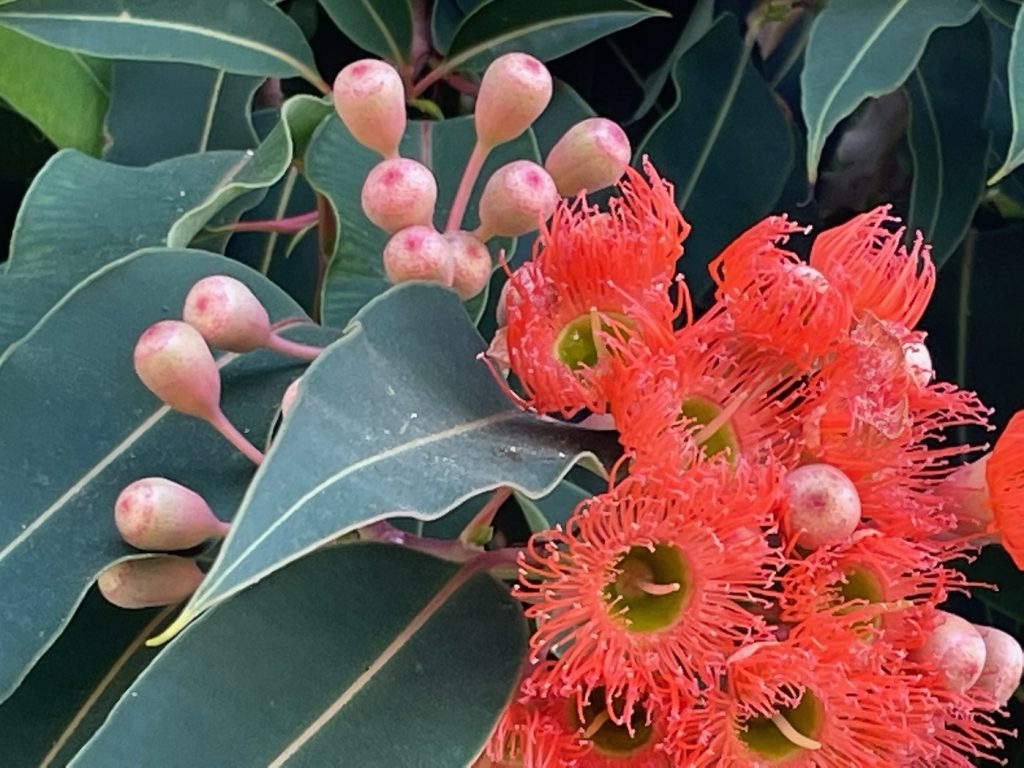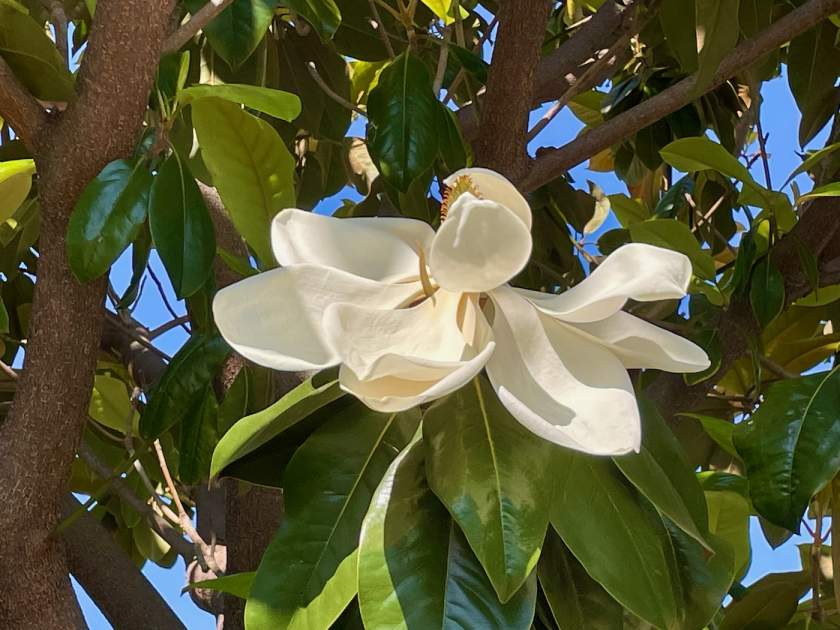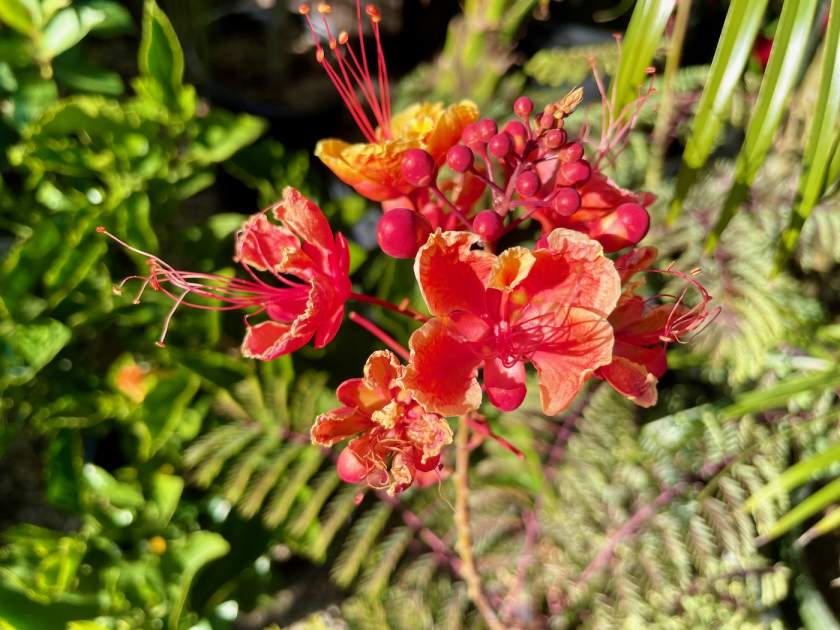Davidia involucrata – The Handkerchief Tree
Davidia involucrata, commonly known as the Handkerchief Tree, Dove Tree, Ghost Tree, or Pocket Handkerchief Tree, is a captivating flowering tree native to Southwest China. It belongs to the Nyssaceae family of plants.
The Handkerchief Tree is renowned for its unique appearance and fascinating blooms. Its common names reflect the distinctiveness of its flowers, which resemble delicate handkerchiefs suspended from the branches. However, these handkerchief-like structures are not the actual flowers but large bracts that surround the true, small flowers.
Description: Davidia involucrata produces small, inconspicuous flowers measuring about 2cm or less than an inch. Each flower is accompanied by two creamy-white bracts that can grow up to 20cm or 8 inches in length. The tree blooms in summer and the flowers are followed by ovoid greenish-brown, hard nut fruits in autumn, each containing three to six seeds. The tree’s leaves are medium green and ovate, adding to its overall beauty.
Historical Significance: The Handkerchief Tree was named after Father Armand David or Père David (1826-1900), a French missionary and naturalist who lived in China. In 1869, he observed the tree and sent dried samples to France. It was later identified as a new genus by Henri Baillon in 1871, based on those samples.
How to grow Davidia involucrata:
Davidia involucrata is relatively easy to grow. It is moderately fast-growing and thrives in sun or partial shade. The tree prefers organically-rich, moist, and well-drained soil. It can reach a height of up to 25m or 82ft.
Light Requirements: Davidia involucrata thrives in a location that receives ample sunlight or partial shade. It is best to provide it with a spot where it can receive at least six hours of direct sunlight each day. However, it can tolerate some shade, particularly during the hottest part of the day.
Watering: Proper watering is crucial for the health and growth of Davidia involucrata. While the tree prefers moist conditions, it is important to avoid overwatering, as excessive moisture can lead to root rot. Water deeply and thoroughly when the top inch of soil feels dry to the touch. During hot and dry periods, regular watering is essential to keep the soil consistently moist.
Pruning: Pruning of Davidia involucrata is generally minimal and mainly focused on maintaining the tree’s shape and removing any dead or damaged branches. It is best to prune during the dormant season, such as late winter or early spring before new growth begins. Use sharp and clean pruning tools to make precise cuts, ensuring proper healing and reducing the risk of disease transmission.
Fertilizing: While Davidia involucrata is not particularly demanding when it comes to fertilization, providing it with some nutrients can promote healthy growth and flowering. Apply a balanced, slow-release fertilizer in early spring before new growth emerges. Follow the instructions on the fertilizer packaging for proper application rates. Avoid excessive fertilization, as it can lead to lush foliage growth at the expense of flower production.
Disease and Pest Control: Davidia involucrata is generally resistant to common diseases and pests. However, it is still important to monitor the tree for any signs of issues. Regularly inspect the leaves for signs of fungal diseases, such as leaf spots or powdery mildew. If necessary, apply appropriate fungicides according to the instructions. Additionally, keep an eye out for common pests like aphids or caterpillars. In case of pest infestation, consider using organic insecticides or introducing natural predators to control the population.
Propagation: Propagation of Davidia involucrata can be done through both seeds and hardwood cuttings. Collect seeds from the tree in autumn and sow them immediately in a well-draining seed-starting mix. Provide warmth and moisture to encourage germination. Hardwood cuttings can be taken during the dormant season. Choose healthy, mature stems and plant them in a suitable rooting medium. Provide consistent moisture and warmth to promote root development.
